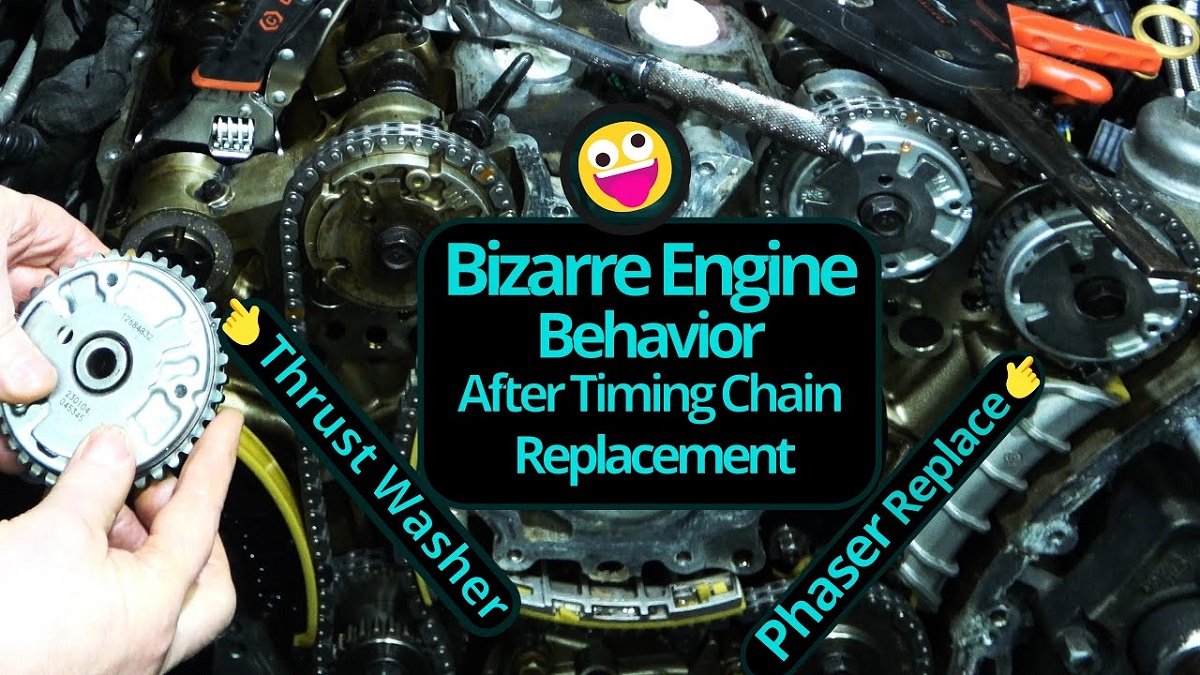The Tridyne TE-031 is an advanced and reliable digital device designed for various industrial applications, such as monitoring pressure levels in aviation and aerospace systems. Like most sophisticated electronic equipment, the TE-031 features a low battery warning system that helps users maintain optimal performance by alerting them when the battery is running low. Understanding the low battery warning system of the Tridyne TE-031 is crucial for ensuring safety, preventing malfunction, and ensuring uninterrupted operation. In this article, we’ll cover everything you need to know about the low battery warning of the TE-031, how it works, and what you should do when you encounter it.
What Is the Tridyne TE-031 Low Battery Warning?
The low battery warning on the Tridyne TE-031 is a visual or auditory alert that indicates the internal battery is nearing depletion. This warning system is essential because the TE-031 relies on a stable power source to perform its functions accurately. If the battery dies while the device is in use. The Tridyne TE-031 may lose calibration, provide inaccurate readings, or completely shut down, depending on its state of use.
The warning typically appears well before the battery is fully drained, giving users ample time to replace it. The battery and avoid any operational disruptions. It is essential to respond promptly to this warning to maintain the accuracy and safety of your equipment.
How Does the Low Battery Warning System Work?
The low battery warning system in the Tridyne TE-031 uses a combination of electronic sensors and diagnostic tools to measure the battery’s voltage. When the voltage falls below a specific threshold, the system triggers the low battery warning.
Here are the common indicators that the low battery warning has been activated:
- LED Flashing: One of the most common low battery indicators is an LED light on the device that begins to flash or change color, such as turning red or yellow. This is a visual cue that the battery needs to be replaced.
- Audible Beeps: Some versions of the Tridyne TE-031 include an audible beep or alert tone that accompanies the visual LED flashing to ensure users are aware of the low battery condition.
- Display Notification: If the device includes a digital screen, it may show a message or symbol indicating that the battery is low and needs to be replaced soon.
The purpose of these warnings is to provide operators enough time to arrange for a replacement battery, ensuring uninterrupted operation.
Why Is the Low Battery Warning Important?
The low battery warning on the Tridyne TE-031 plays a crucial role in the performance of the device. Here are a few reasons why it’s important to understand and respond to this warning:
- Safety: The TE-031 is often used in critical industrial and aerospace environments where accurate pressure measurements are necessary for safety. If the device loses power unexpectedly. It could lead to incorrect readings or complete system failure, potentially endangering equipment or personnel.
- Accuracy: As the battery power depletes. The precision of the Tridyne TE-031’s measurements may be compromised. Responding to the low battery warning ensures. That the device continues to provide accurate readings, maintaining the integrity of your data.
- Avoiding Downtime: Regularly responding to low battery warnings prevents unexpected shutdowns, which could interrupt workflows and cause costly delays, especially in environments where continuous operation is critical.
- Device Longevity: Allowing the battery to fully deplete without replacing it could potentially damage the internal components of the device over time. Ensuring timely battery replacement when the warning appears can prolong the life of the equipment.
What to Do When You See a Low Battery Warning?
When you notice the low battery warning on your Tridyne TE-031, acting quickly is essential. Here’s what you need to do:
- Check Battery Status: Confirm that the low battery warning is active by reviewing the device’s display or listening for the audible warning. The flashing LED or display symbol should indicate this.
- Replace the Battery: Once you’ve verified that the battery is low, replace it with a fresh, compatible battery. Always use the recommended battery type specified in the device’s manual to ensure proper functioning.
- Recalibrate the Device: After replacing the battery, it’s crucial to recalibrate the TE-031 to ensure its measurements are accurate. Consult the user manual for instructions on how to perform a recalibration or reset the device’s settings after battery replacement.
- Test the Device: Before using the Tridyne TE-031 again, perform a test to confirm that the battery replacement was successful, and that the device is functioning correctly. This will help ensure that the low battery warning no longer appears and the device is ready for continued use.
Preventing Future Low Battery Issues
While the low battery warning is a helpful feature, there are ways you can avoid encountering this issue frequently:
- Regular Battery Checks: Periodically check the battery level of your TE-031 to catch any potential problems before the warning appears. Some models may allow you to view the current battery level on the display.
- Keep Spare Batteries on Hand: Always keep spare batteries nearby to replace them as soon as you see the low battery warning. This helps prevent downtime, especially in environments where the device is used continuously.
- Routine Maintenance: Regularly inspect and maintain the Tridyne TE-031 to ensure it is in good working condition. Proper maintenance includes checking for corrosion or other issues that could affect battery life.
Conclusion
The Tridyne TE-031 low battery warning is a crucial feature that ensures the device’s continued accuracy and reliability in various applications. By understanding how the warning works and responding promptly. You can prevent malfunctions, ensure safety, and maintain the longevity of your equipment. Always replace the battery as soon as you see the warning, recalibrate the device, and keep spare batteries on hand for uninterrupted performance.











